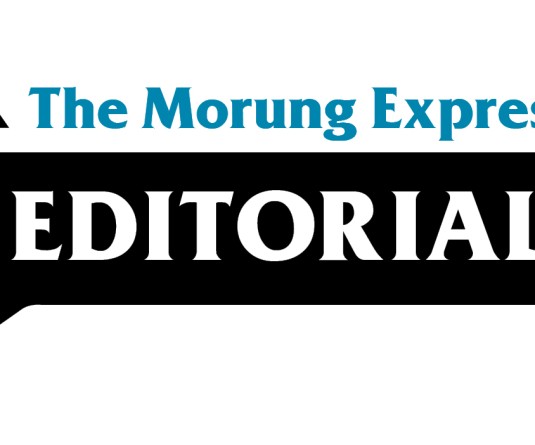
The link between theory and praxis is most fundamentally influenced by the structures of governance in place. However very often, when we seek to evaluate the performances of government agencies and institutions, there is a tendency to limit evaluations only to its functional roles. Naturally, this limited approach is unable to detect and determine the structural faultline necessary to improve the quality of response; and hence time again such limited evaluations do not cause sufficient changes to existing structures that will affect positive responses.
For a large-scale well coordinated response to HIV|AIDS, there is essential need for an effective system of Governance. No amount of funding resources or well intended campaign activities can act as a substitute for effective Governance. This is amply demonstrated even in the Naga scenario where there is a hierarchical, top-down and centralized structure, which reacts mechanically to the needs of the situation by creating a patronizing relationship of dependency and a reinforced status quo. Rather the reality demands the contrary.
A fundamental aspect of effective Governance in the case of HIV|AIDS is to ensure that a responsive and dynamic structure is in place. By this it implies a structure that is alive to the needs of the people and one that will enable and empower the people as equal partners. It requires a decentralized idea of ‘power with’ the people, in which the chain of command is not hierarchical in nature, but where the structures facilitate sharing of responsibility and people are encouraged to take effective ownership of the process.
In other words, the HIV|AIDS response needs a structure that will enable the building of a people’s movement. At present existing structures only function on a relationship of a giver and a receiver, which fragments the very idea of a people’s movement against this epidemic. Hence, by creating a relationship of dependency, the resources fail to reach the most affected groups of people and are unable to inspire and empower new leadership. At best these structures are designed to support and sustain only project-oriented approaches, while what is truly needed is a radical peoples’ movement against HIV|AIDS.
Considering the threat posed by HIV|AIDS to human survival the question of Governance in this context cannot be interpreted and treated within the usual ambit of governmental bureaucratic structure and rigidity. Political will and astuteness is required to ensure that democratic space and flexibility is provided to allow structural change and dynamism so that effective Governance is made possible to respond to this global predicament. Essentially, the effectiveness of our collective response to HIV|AIDS will center on the dynamism of Governance.
The necessity for a responsive structure is coupled with the demand for visionary and accountable leadership that can aspire and empower local communities to work in critical partnership in building solidarity against HIV|AIDS. This demands empowered and impassioned leaderships that are willing to engage with issues and to get on their knees and dirty their hands. Most of all we need individuals in leadership roles and positions that will read the realities of the people and creatively transcend parochial structures of Governance. At this critical juncture, political decisions have to be made concerning the direction of the HIV|AIDS response. Central to this, are the questions of leadership and effective Governance.





